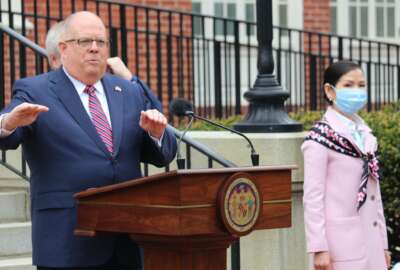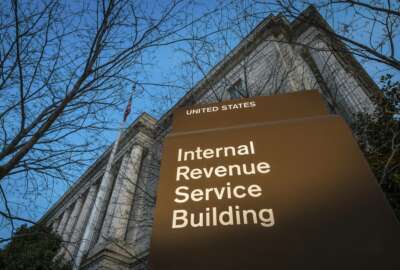
Stay-at-home ≠ house arrest ≠ reopen!
Just because people are in motion doesn't mean they're spreading the virus.
My riding buddy calls it wind therapy. Getting away from the house for a few hours on motorcycles, it’s a chance to experience a change of scenery while also keeping the requisite space between people. Saturday, at a Dunkin’ Donuts in ghost town-like Poolesville, Maryland, we could go in and order coffee. Everybody had masks. The staff had rubber gloves. The other customers all kept away from us and from one another. No one shouting “Reopen!” At least that I’ve heard.
Sunday my wife and I decided we needed a break from cooking, so we ordered online from a Thai restaurant in a nearby shopping center. The particular strip has about five restaurants in a row. I drove, my wife hopped out of the car to the exterior pickup window. The area zone was like a beehive of takeout activity. But car bumpers came closer together than people did. I noticed several people wearing masks inside their cars with the windows closed.
Cell phone location data would have shown clusters of people all in motion and all converging in one place or another. But the data would have shown nothing about the spread of coronavirus.
Anonymized and aggregated cell phone data has become an important tool for various consortia and research groups, trying to understand patterns of people keeping apart, whether they are traveling, and what retail locations might be receiving lots of customers and which spots people have abandoned.
One example is a company called SafeGraph, which in normal times caters to retailers by helping them analyze point-of-interest data. My interview with Nick Singh of SafeGraph discusses how this data can be useful to government agencies and coronavirus researchers.
This is all well and good, so long as researchers and authorities understand the limitations of the data.
One newspaper over the weekend reported on a “disturbing discovery” by “experts,” namely that people are out and about. One “expert” academic concluded that people have quarantine fatigue.
Well, duh. Who needs an “expert” to figure that out? Interestingly the headline in print was changed to “researchers” online at this publication. Maybe a few people had that reaction.
Quarantining, at least by the healthy, even stay-at-home directives from governors do not amount to house arrest. People need to buy food, pick up home improvement items, walk their dogs, hike on trails and streets. Most of us are sufficiently worried about infection and sensitive to public health needs to do what public officials are asking. Even the businesses in states like Georgia that are reopening are doing so with safeguards.
As someone who is coming into the Federal News Network facilities daily, with everyone else teleworking, I can see that traffic lighter but not non-existent. People are both out and about and observing the necessary distancing, masking, and sanitizing.
We won’t be crowding into Nationals Park any time soon. No one’s boarding a cruise ship. Federal employees won’t be thronging L’Enfant Plaza or the Wilshire Federal Building, perhaps for weeks longer.
Yes, the IRS is recalling people to deal with its stimulus bills duties. The FAA’s air traffic controllers, and contractors, must report to facilities, although at reduced numbers because of the collapse of air travel. What would those people’s cell phone data show?
The nation isn’t ready for multi-person gatherings without precautions. We’ll be edging back into normality. In the meantime, the “experts” need to exercise a light touch in how they interpret rough data on how many people are in motion.
Copyright © 2025 Federal News Network. All rights reserved. This website is not intended for users located within the European Economic Area.
Tom Temin is host of the Federal Drive and has been providing insight on federal technology and management issues for more than 30 years.
Follow @tteminWFED
Related Stories






